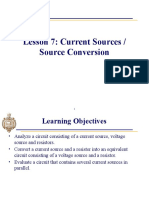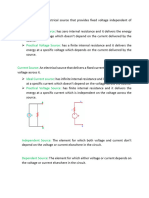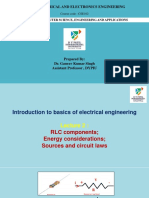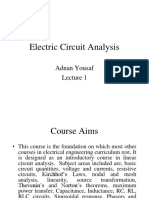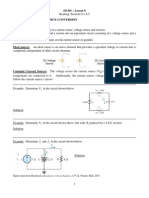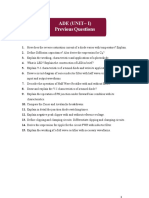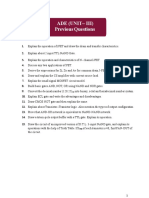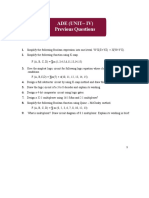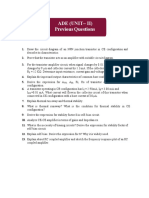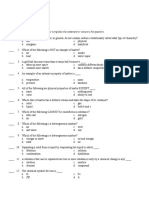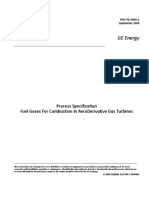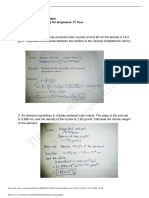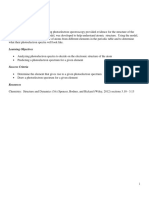0% found this document useful (0 votes)
105 views76 pagesDC Circuits Unit-I Part 2
The document provides information about voltage and current sources including:
- Voltage sources maintain a fixed voltage regardless of current, while current sources maintain a fixed current regardless of voltage.
- Ideal sources are mathematical abstractions that simplify analysis, while practical sources have internal resistance causing voltage/current to vary.
- Sources can be transformed between voltage and current by applying Ohm's law, and multiple current sources in parallel are replaced by a single source equal to the net current.
The document contains examples and explanations of source transformations, internal resistance modeling, and combining multiple sources.
Uploaded by
KUMAR SCopyright
© © All Rights Reserved
We take content rights seriously. If you suspect this is your content, claim it here.
Available Formats
Download as PPTX, PDF, TXT or read online on Scribd
0% found this document useful (0 votes)
105 views76 pagesDC Circuits Unit-I Part 2
The document provides information about voltage and current sources including:
- Voltage sources maintain a fixed voltage regardless of current, while current sources maintain a fixed current regardless of voltage.
- Ideal sources are mathematical abstractions that simplify analysis, while practical sources have internal resistance causing voltage/current to vary.
- Sources can be transformed between voltage and current by applying Ohm's law, and multiple current sources in parallel are replaced by a single source equal to the net current.
The document contains examples and explanations of source transformations, internal resistance modeling, and combining multiple sources.
Uploaded by
KUMAR SCopyright
© © All Rights Reserved
We take content rights seriously. If you suspect this is your content, claim it here.
Available Formats
Download as PPTX, PDF, TXT or read online on Scribd
/ 76
